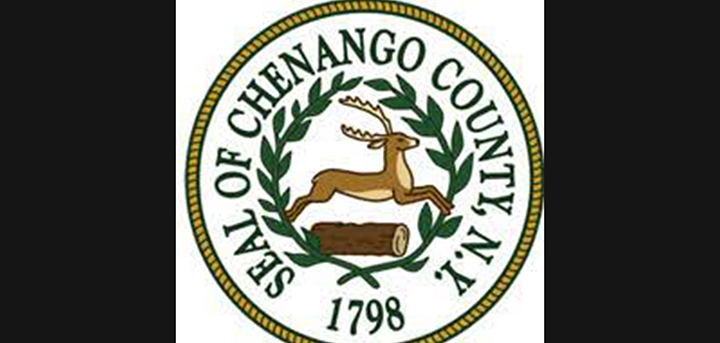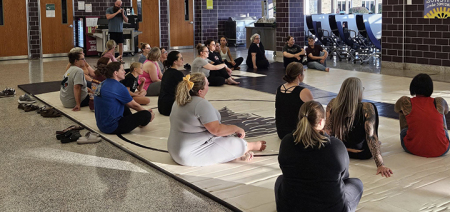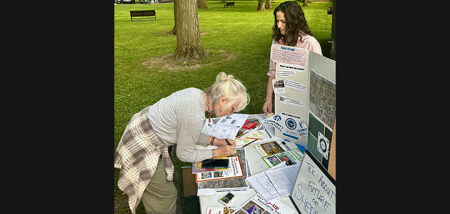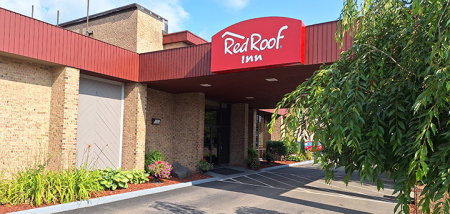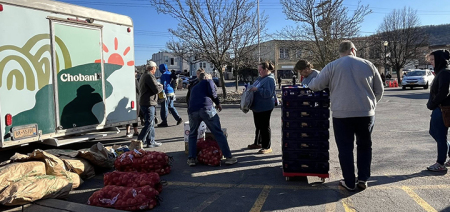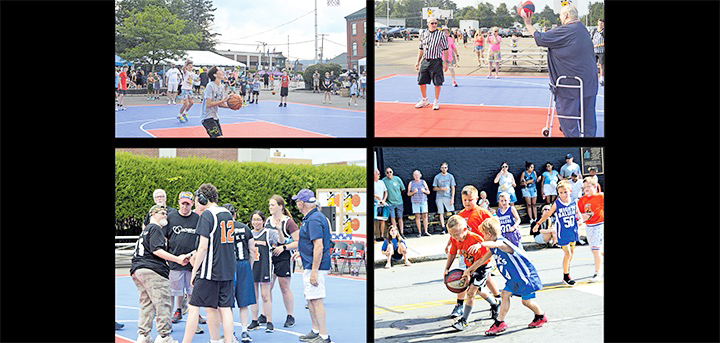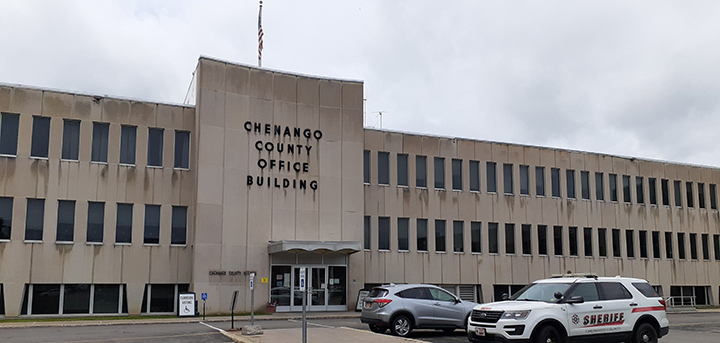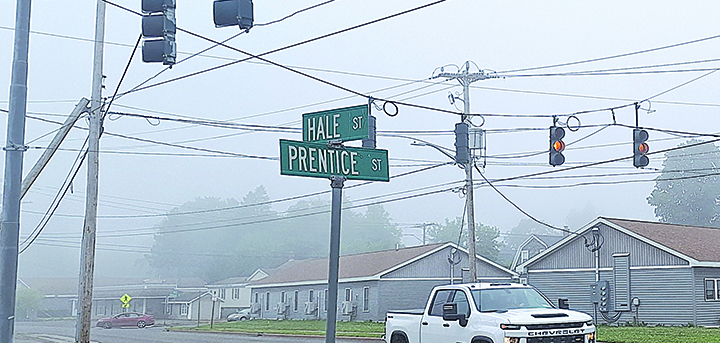NH Or 4X, What’s It All About?
Published:
March 20th, 2019
By:
Joe Angelino
Everyone needs at least one hobby. Others with more spare time on their hands might have a couple of favorite interests to help pass idle time. One of my pastimes is collecting antique New York license plates, specifically “NH” plates or the occasional “4X” tag. Those plates in bulk get heavy, are always dirty and rattle in storage boxes. However, those inconveniences are worth the bother because they are a direct and exclusive part of local history. I know that every one of my NH or 4X tags was touched by someone in our county clerk’s office, either in the Masonic Temple on West Main Street or the current county office building.
I can still remember our family cars in the 1960s having license plate number 4X-3135. That number last appeared on our 1968 Plymouth GTX, a very quick 440-engine car. When I went to work in the sheriff’s office years after the GTX had been traded away, I was startled to learn some of the seasoned deputies had vivid recall of that license plate number being driven by my older brother.
The plate number which has identified my personal vehicle since 1979 is New York license number 50-NH. These plates were handed to me by then-County Clerk Fred Urda, and were promptly affixed to a brand new ‘79 silver Z28 Camaro. Over the past 40 years, I have accumulated five different iterations of that license plate as the state DMV made their upgrades of license plate fonts, borders, and colors.
In case there might be one or two readers who are curious where the distinction of NH and 4X originated, here comes the educational part of today’s column. Over a century ago there were very few new-fangled automobile contraptions running around on state roads. In order to better track these speedster machines, a numbering scheme was needed. There was no DMV, so the Department of State administered the numbering system, but the actual handling and issuing of the license plates was delegated to each county’s clerk. At first, the plate numbers were random, probably sequential, but had no known associated meaning. Eventually, in order to better account for the numbering of autos and to assist law enforcement, each county was awarded a distinct prefix number. Our rural Chenango County, with a few cars only needed the prefix 4X. The counties adjacent to our home were designated; 2X Otsego, 3X Delaware, 5X Madison, and 6X Cortland (1X happens to be Essex County).
Some counties had more cars than others, so they were given an extra allotment of prefix letter-number combinations. There are some urban counties in New York State that have dozens of assigned “county codes” on their license plates. At some point in the late 1930s there were efforts to recognize the county seat of each county. In our case, Norwich was represented by NH (much to the chagrin of New Hartford residents). The letters N and H are not only the first and last letters of the name “Norwich” but more importantly the letters NH were previously established by the NY O&W railroad as the telegraph signal identifying Norwich when sending messages out over the party-line wires.
If one goes to Otsego County expecting to observe car plates sporting “CP” or “CT” distinguishing their county seat, Cooperstown, you will be disappointed because CP was previously claimed by Putnam County and CT was taken by Cortland County. The phonetically gifted people in Otsego County chose letters “KP” to recognize their county seat as Cooperstown and OT for their County.
In the early 1970s the New York DMV numbering system couldn’t keep pace with the American industrial machine pumping out automobiles. In Chenango County there was a brief attempt to fill the numbering shortage by issuing “OX” prefix license plates, giving a nod to the 19th century-almost-county-seat of Oxford. Sadly, not many OX plates were issued, because in 1973 a new series of plates were distributed recognizing nearly all of the towns in Chenango County, which oddly excluded Oxford.
When the mid-1970s gasoline shortage occurred, there were new reflectorized gold plates with blue letters waiting in fuel lines with prefixes such as; SBN for Sherburne, NBL for New Berlin, SNB for South New Berlin, AFT for Afton, TYN for Tyner, EAR for Earlville and BBG for Bainbridge. Sorry Greene, like Oxford, you weren’t included.
Interestingly, when the 1973 series of license plates were delivered, there was some hanky-panky which took place. In an attempt to show personal favoritism to Chenango County, an unnamed DMV employee in Albany, whose job it was to distribute new license tags, pulled off a great prank. This employee sent plates with letters combinations that just happened to be the initials of his acquaintances back in his hometown of Norwich. Thus, the Chenango County DMV office was sending out to the masses unofficial personalized plates with the initials JID, REM, and CDR. I’ll leave it to those people involved to identify themselves if they choose to do so.
The system of knowing where a car was registered which helped keep children and adults entertained when traveling out of state woefully came to an end. There were just too many cars and the state-sanctioned creativity ceased. Luckily the county clerks of our state kept their allotment of area designated plates which are still issued out on a near hereditary basis in honor of the way things used to be. I send my appreciation to our current Chenango County Clerk, Mary Weidman for her assistance with this week’s column.
Author: Joe Angelino - More From This Author
Comments
